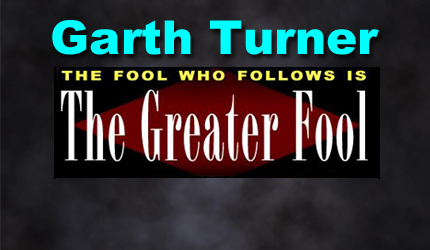September 13, 2020 | The Dilemma

Covid kissed Marie. “Who would have imagined the virus would come just as I was retiring?” she says. “I needed to sell that house for the most I could get, to retire on. This worked out great. Sort of…”
The great part was a price $50,000 more than expected. Marie walked away with $535,000 from that deal. The not-so-great part is what comes next. That which the virus delivered (real estate frenzy) it also sucked away (interest rates). Dilemma.
Marie has CPP and (in a year) OAS. Eight hundred bucks a month now. Fourteen hundred next year. Hardly sufficient to live on – and not even enough to keep the house – with insurance, property tax, utilities, a small mortgage and the screaming need for a new roof, windows and foundation repairs. Not moving was not an option. No money to live on. Not enough to make repairs. No HELOC offered by the bank (she tried) without income to service the debt.
But along came Derek and Charles. Thirty-something employed guys. They bought the house the day after it was listed. Over-asking. No conditions. She was relieved. But later than night Marie wept in the kitchen. So many changes. Confusiing choices. Uncertainty ahead.
Savers have been robbed, punished and marginalized by central banks which brought in emergency rates after the credit crisis and were unable to lift them much before the next crisis came. This one was worse. Global pandemic. Beyond experience. Timeline unknown.
The Bank of Canada reaffirmed this last week. Monetary policy will stay accommodative, it said – which is code for “GIC rates in the ditch for the next few years.” Until the economy reopens, a vaccine arrives, the virus fades and inflation rekindles there will be no CB increases. In fact our bank will spend $5 billion per week buying up bonds to ensure the yield market stays depressed. Cheap money, the thinking goes, will help save the economy from a worse fate – sliding into disinflation and possibly a Covid-caused depression.
In Marie’s kitchen monetary policy and global GDP are abstracts. Her bank (the green one) is currently offering 0.85% as the annual payout on money she locks into a GIC for five years. That’s no option. She needs income. Less than a 1% return means she’ll eventially burn through her capital. “I will be old,” she told me, “and may have nothing.”
So we need a plan.
First, forget GICs. Of any kind. Of any duration. From anywhere. Returns are abysmal. Interest received outside of a registered account is fully taxable. You’re taxed on money you haven’t yet received with a multi-year guaranteed certificate. Most fail to pay any regular cash flow. In a situation like Marie’s this is a one-way trip to subsistence.
There are fixed-income alternatives. For example, in a properly-managed balanced portfolio with about 40% safe stuff a mix of bond ETFs (12% government, 11% corporate investment grade & 3% high-yield) currently pays 2.86%. Add in preferred shares (14%) paying just under 5%, and the overall yield on this portion of a portfolio is about 3.7%. That’s four times the Big Bank GIC, which needs to be locked away for half a decade. More tax-efficient. And these assets can pay monthly income.
Now add a few ETFs with Canadian large-cap stock exposure (15%), some beaten-up REITs (5%), large-cap US (19%) plus small-cap (3%) funds and international large-company coverage in Europe and Asia (18%). This equity portion is highly diversified, global, without significant exposure to any one sector or group of companies (even the high-flying, inflated tech giants). It positions for more growth as Covid eventually moves on, the crazy US election ends and world growth resumes. Plus, yes, it also pays income.
The average rate of return on this kind of portfolio (called 60/40) has been just over 7% during the last decade. No, that does not mean the return is guaranteed. But just look at what the last ten years brought. Odds are the next decade will be no wilder. Yearly performance can vary a lot, but since Marie has about 25 years of life left, it’s the long game that matters, not short-term swings.
After paying a management fee (never agree to anything over 1%), this would provide her with about $2,700 a month (plus long-term capital protection). Add in the CPP, and she has $3,500 income. Not fit for a princess, but enough to rent a nice one-bedroom condo in a lovely town, maintain a car and eat. Once 65 looms, she can throttle back the income to retain more of the old folks’ pogey – OAS ($607) and possibly GIS ($916). Meanwhile she still has a portfolio of more than half a million. If there’s a need for assistance as she wilts, Marie’s in a better position to afford it.
Or, she can buy a GIC, eschew all risk, and try to live on eight hundred a month. Good luck with that.
Inescapable conclusion: savers are pooched. Women are at greatest risk. You know why.
STAY INFORMED! Receive our Weekly Recap of thought provoking articles, podcasts, and radio delivered to your inbox for FREE! Sign up here for the HoweStreet.com Weekly Recap.
Garth Turner September 13th, 2020
Posted In: The Greater Fool











